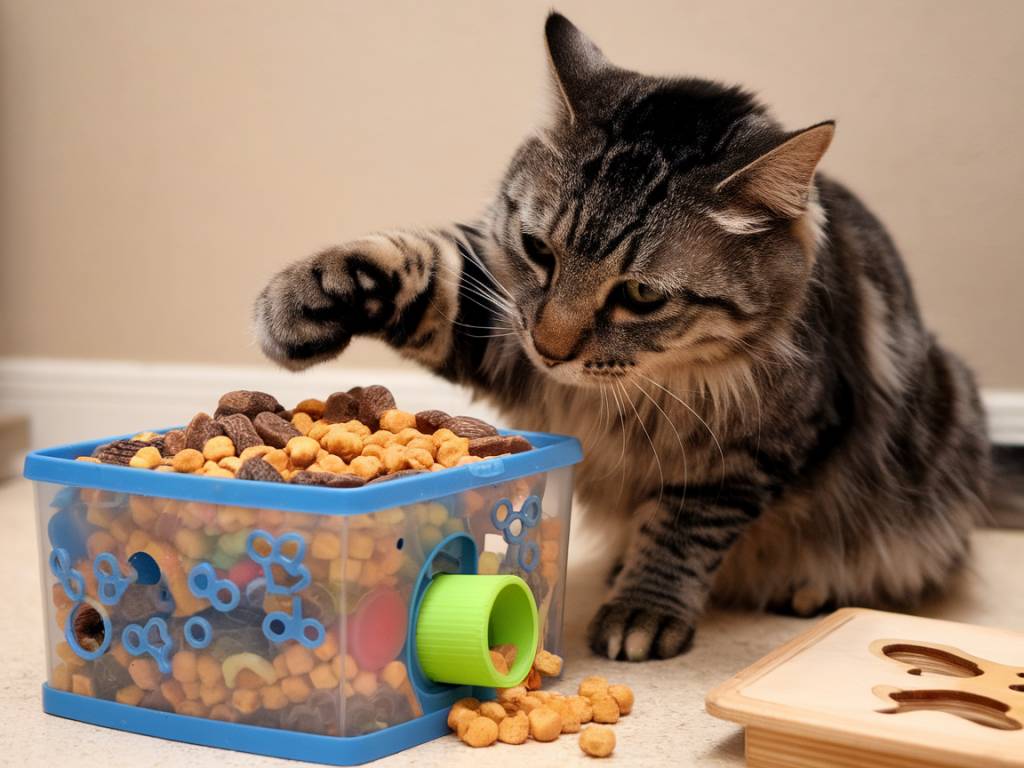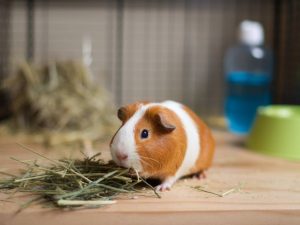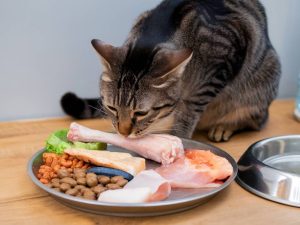how to keep your indoor cat mentally stimulated with food puzzles and activities

how to keep your indoor cat mentally stimulated with food puzzles and activities
« `html
Understanding the Needs of Indoor Cats
Indoor cats may seem to have a cozy and low-stress life compared to outdoor cats, but their unique needs can sometimes be overlooked. While they are safe from outdoor hazards like cars or aggressive animals, they still need mental stimulation to live a happy and healthy life. With this consideration in mind, food puzzles and engaging activities are excellent methods to enhance the mental wellbeing of your indoor feline friend.
The Importance of Mental Stimulation
Just like their wild ancestors, domestic cats have instincts that include hunting and problem-solving. Indoor environments can sometimes lack the stimuli that trigger these instincts, leading to boredom and possibly even behavioral problems. Engaging your cat’s mind not only satisfies their natural instincts but also enriches their living environment.
Psychological engagement is critical for preventing issues like lethargy, anxiety, and obesity. Stimulated cats tend to be healthier both physically and emotionally, and activities like food puzzles can aid significantly in achieving this balance.
Introduction to Food Puzzles
Food puzzles are interactive toys designed to make a cat ‘work’ for its food. These puzzles not only stimulate a cat’s mind but also encourage physical activity, often resulting in a healthier weight management. They come in various designs and complexities to cater to different challenges for your cat.
When starting out, it’s important to choose a food puzzle that is suitable for your cat’s skill level. Begin with simpler puzzles if your cat is not used to this kind of mental challenge, and gradually increase the difficulty as they become more adept.
Types of Food Puzzles
- Rolling Dispensers: These cylindrical or ball-like toys release kibble as they are batted around by your cat. They help to develop coordination and focus.
- Stationary Puzzles: Typically have hidden compartments that require manipulation (lifting lids, sliding drawers) for your cat to access the treats inside.
- Interactive Mats: These contain various textures and obstacles that require your cat to use their paws and nose to extract food, offering both sensory and problem-solving challenges.
Steps to Introduce Food Puzzles
Introducing your cat to food puzzles can be an exciting endeavor. Here are steps to ensure a positive experience:
- Choose the Right Puzzle: Start with one that suits their skill level. Sometimes it helps to let them explore the toy without food initially.
- Incorporate Their Favorite Treats: Use treats or kibble that your cat loves to incentivize interaction. The scent and taste will pique their interest.
- Observe and Encourage: Spend some time showing your cat how to interact with the puzzle and gently encourage them. Some cats may need more time than others to get comfortable with this new activity.
- Gradual Levels of Difficulty: As your cat becomes more proficient, switch to more complex puzzles to keep them engaged.
Additional Activities to Stimulate Your Cat
Beyond food puzzles, there are several other activities to consider when looking to mentally engage your indoor cat. A mix of activities can keep boredom at bay and provide essential mental exercise.
Toys and Games
Various toys and games can effectively stimulate your cat’s mind. Here are a few ideas:
- Feather Wands: Mimicking the movements of birds, these can be fantastic playtools to encourage your cat’s natural hunting behavior. The erratic movements help improve their focus and agility.
- Laser Pointers: These are excellent for high-energy play sessions. The elusive dot challenges your cat to think and react quickly. Remember to always end the session by allowing them to ‘catch’ the laser by switching to a tangible toy.
- Smartphone Apps: Several applications are designed specifically for cats, featuring digital prey like fish or bugs for them to chase on a screen.
Environmental Enrichment
Enhancing your cat’s environment is another effective way to promote mental stimulation. This can be done through:
- Vertical Spaces: Install shelves or cat trees to encourage climbing and exploration. Higher vantage points can make a cat feel confident and secure.
- Window Perches: Set up spots where your cat can watch the outside world. Bird watching or observing the movement of leaves can surprisingly keep your cat engaged for long periods.
- Indoor Gardens: Safe plants like cat grass or catnip can provide a sensory delight, allowing your cat to nibble and explore new smells and textures.
Establishing a Routine
Cats thrive on routine, and having set times each day for play and puzzle-solving can enhance their mental wellbeing. Consider incorporating food puzzle sessions into mealtime to challenge their minds while nourishing their bodies. Regimented playtimes can also help decrease stress, making your overall interactions with your feline companion more harmonious.
Monitoring and Adjusting
As you incorporate new means of mental stimulation, it’s vital to monitor your cat’s engagement and adjust based on their responses. Some cats may take to puzzles eagerly, while others may need more time and patience. Observe what resonates with your feline friend and make subtle shifts as needed to keep them both challenged and entertained.
By embracing the diverse methods of mental stimulation through food puzzles and creative activities, you can ensure that your indoor cat leads a fulfilling and enriched life. Investing time and effort into understanding and addressing your cat’s needs will ultimately yield a more contented, healthier pet.
Happy puzzling and playing!
Lisa Tissed
« `





